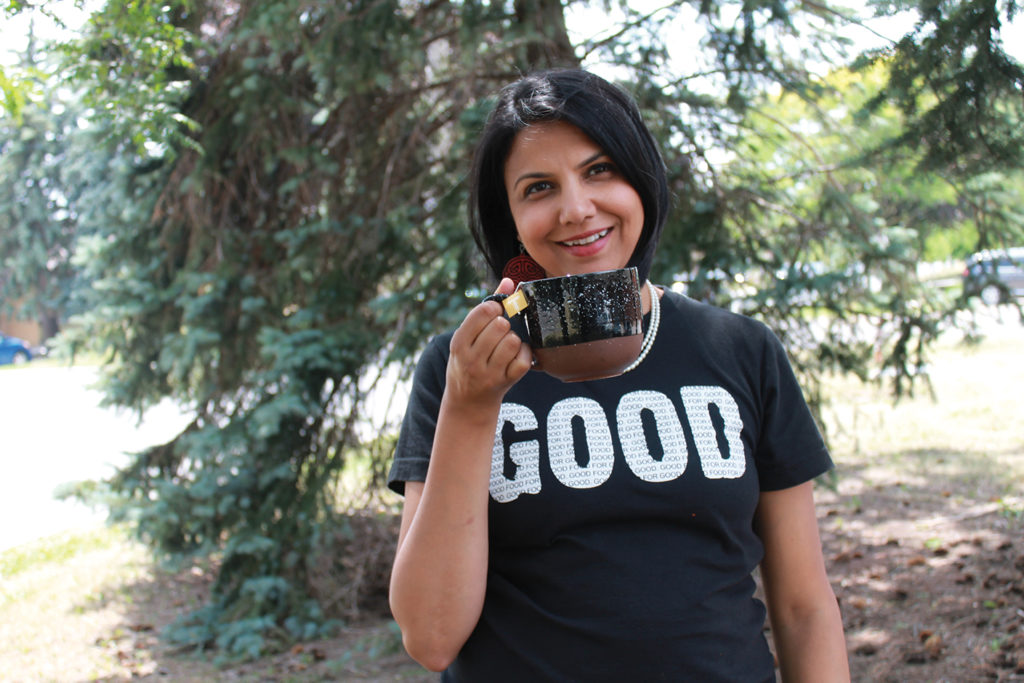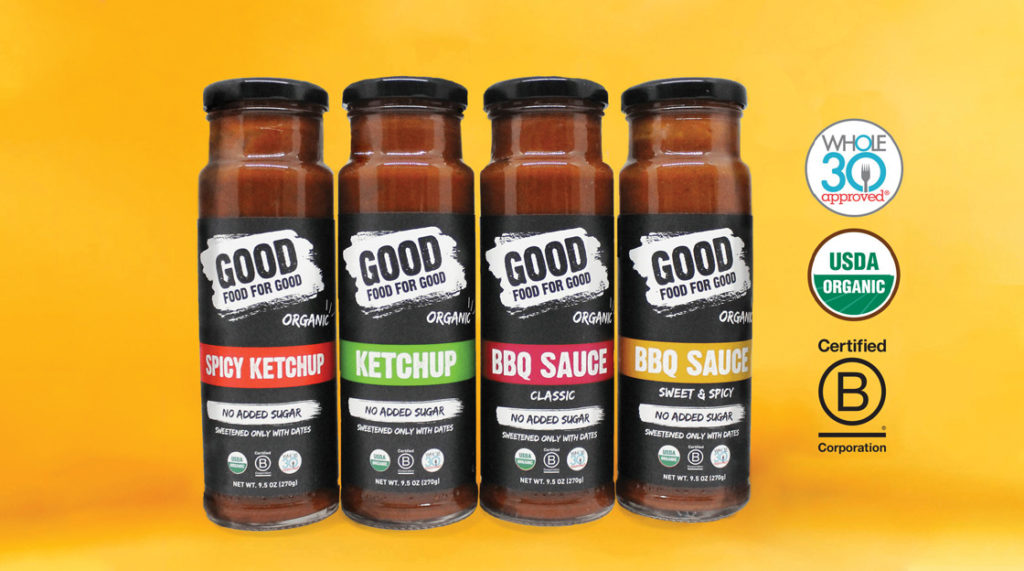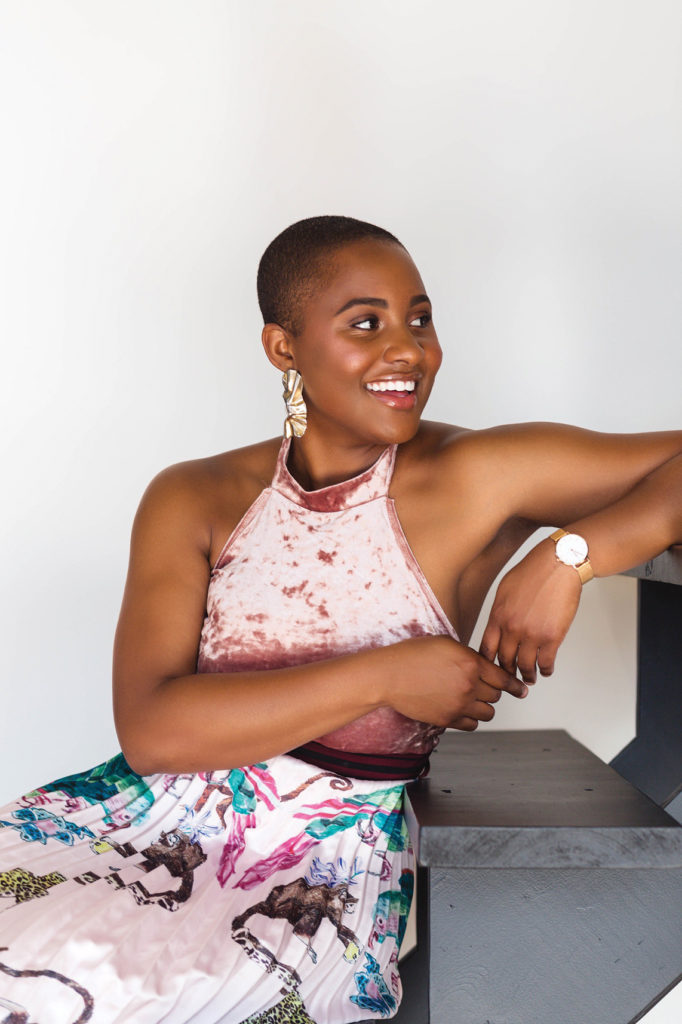By Nathaniel Smith
You know the things you scroll pass on your timeline. Those are what keep businesses growing.
Advertisements can be annoying these days as they take attention away from the good stuff on our feeds.
Back then, when your favorite TV show was about to give away a plot twist then BOOM, you’re watching a Oliver the Jewellery Buyer commercial. Times have changed and everyone has turned away from the TV to much smaller screens for social media, and so did media savvy businesses.
The growth of social media is something that you can’t ignore due the impact it has on our social lives.
Business opportunities have been on the rise since social media became a networking market for entrepreneurs with new marketing goals and strategies for a market that has members worldwide signed into multiple accounts at once.
Companies have been taking a digital approach since the early ’90s although it was a slow rise into the online world. Shopping and advertising. Websites are not where it is today. Social media was the story of the early 2000s with Myspace gaining traction quickly as a social hub for chatters. Facebook came out a year later with the innovative social perks of a young media site, and can be seen as a pioneer that opened up the doors for its contenders in today’s business market. By 2007 Facebook had 100,000 business pages which looks like nothing compared to the 60 million active business pages it has in 2019. These are great numbers for a site that millennials shifted away from Facebook and MySpace as Twitter, Snapchat, and Instagram has taken over.
Justyna Kozlowska the founder of NAGI, a company that creates healthy and vegan energy bars says “personally I think a business social media is required, most people are on Instagram and share information so it’s easy for friends to share products vs calling them and putting in the effort to get them in store”.
Clientele is a major aspect of the change since business owners don’t see buyers in store, just through the circular profile pic window. Making engagement is everything when trying to connect with users.
Nia Lee a public relations is currently working in social media management full-time for Eye Love Beauty a beauty, salon in Toronto, shares business trends and media tips on Instagram. “The reason for having a social media is to reach a certain amount of people and then eventually turn those people into clients and customers,” Lee says.
Richa Gupta the President for Good Food For Good, an organic online grocer adjusted to this new age of business. “Personally I think a business social media is required. Most people are on Instagram and share information so it’s easy for friends to share products vs calling them and putting in the effort to get them in store,” said Gupta.

Making a business takes a matter of minuets on sites like Instagram and Facebook that offer specific pages for them but what comes after is harder work than you expect.
“It’s a time sucker, the need to create the amount of content to keep the engine moving has a lot to do with algorithms more than peoples taste and liking. It’s crazy how brands are becoming content creators rather than focusing on growing their business,” Gupta says. Her business account has to keep up with the 15,000 Instagram users who follow Good Food For Good which can be a another job within itself.
Tackling a task like this as a small business can weigh you down even with another member or members that have other job responsibilities.
“I would find someone who is a millennial, someone who has their ears and eyes focused on a lot of things on social media, make sure that that person is consistent and is always looking for fun and creative ways to make sure your content,” Lee says when looking to hire for a social media representative.
Timeline is the sexy word that can make your company look official or as unfocused as your personal social media account. The business layout is something that tells your company’s story and draws people into what you’re selling. Kozlowska acknowledges the growth of NAGI’s Instagram account with nearly 300 posts and says “I think it’s the colours, our layout is pretty clean and vibrant and it’s not really cluttered, relating to the simplicity of the ingredients of our products.”
If your timeline doesn’t interest your target audience, you will be aimlessly throwing your product at people with no real context about the style behind it. If you’re advertising the gym and your timeline has dull colors with cake recipes then why would anyone want to buy your pre-workout supplements.

“The key strategy is to be very specific with your demographic group and find what their interests are. We try to get behind the brain of the demographic to really understand them and drive key content,” Kozlowska says.
Advertising is a tricky subject online when the use of hashtags (and company tags) come into play. Anyone has the access to tag their favorite brands in a picture or hashtag the company slogan we see it all the time.
Instagram models and influencers are the staple of advertising through social media. Bringing a human into ads can be something great, Lee says.
“People can kind of tell when things are fake and don’t sound like real people, and now more than ever, social media is going from a very polished place to a genuine, real, organic place.” But this creates a love-hate relationship for business owners when questioning the process of this form of ad.
“I’m not very comfortable with paid promotions, to me the challenge with influencer marketing is even through they put ‘hashtag paid’ or ‘hashtag ad” I don’t think consumers get it,” Gupta says.
“For me it’s almost a deception, I’m very particular about giving people money to promote my product. If they bought it or want to try the product, or even develop a recipe using the product, then I’m comfortable and can pay them for creating the recipe,” Gupta says. “Advertising can be done in many ways, it’s an ad, but you’re trying to tell people it’s not an ad.” An approach real or fake models and influencers use to boast about paying for sponsored products, when in fact it was gifted for the purpose of advertising.
Many Instagram models and influencers make their money through sponsored posts and can charge thousands of dollars to promote a company’s products, but this is a new world where fake followers can make social media accounts rise to the top.

The California based influencer marketing agency MediaKix team did a study in 2019 in order to see if fake Instagram media influencers can get brand investment. The results concluded, after creating two fake Instagram influencer accounts with purchased followers and likes, in four paid brand deals shared between two fake accounts.
Traditional media can’t keep up. TV, magazines, newspaper, and radio are looking like old news compared to how much time we spend on our devices. Businesses need to understand this change and act on it. “I worked in traditional marketing we would do one campaign a year, now were technically doing one campaign a week,” says Gupta.
MediaKix research published on their website said “in 2019, 89 per cent of marketers say Instagram is strategically important to their influencer marketing strategy—higher than any other social media channel in the industry. Instagram influencers today have the power to shape cultural trends and sell out products and are a major boon to brands looking to reach new audiences.

How can you not change when time is money and buttons being pushed can bring in massive success, Gupta listens to ads on the radio and believes that the radio industry would last the longest when compared to the rest. TV is a different story, “I know a lot of people watch TV but I don’t know how many people watch ads,” she says.
There is someone that always differs in the traditional media war even with online perspectives.
“Based on my usage that is mostly online through Spotify (a music service) which shows a bunch of ads, I do think Radio is still relevant but I think TV ads are a bit overrated, they’re never going to completely die out but they need to find a way to blend the TV with the online component since they have synergy together,” said Kozlowska.

